Fall is for flannel shirts, hoodies and the return of cute ankle boots. It’s also for raking, pruning, cleaning and storing. Here are ten fall garden tasks I’m doing this fall to prepare my garden for winter. Join me, won’t you? Gardening is so much more fun when you do it with friends.
1. Dress your containers for fall.
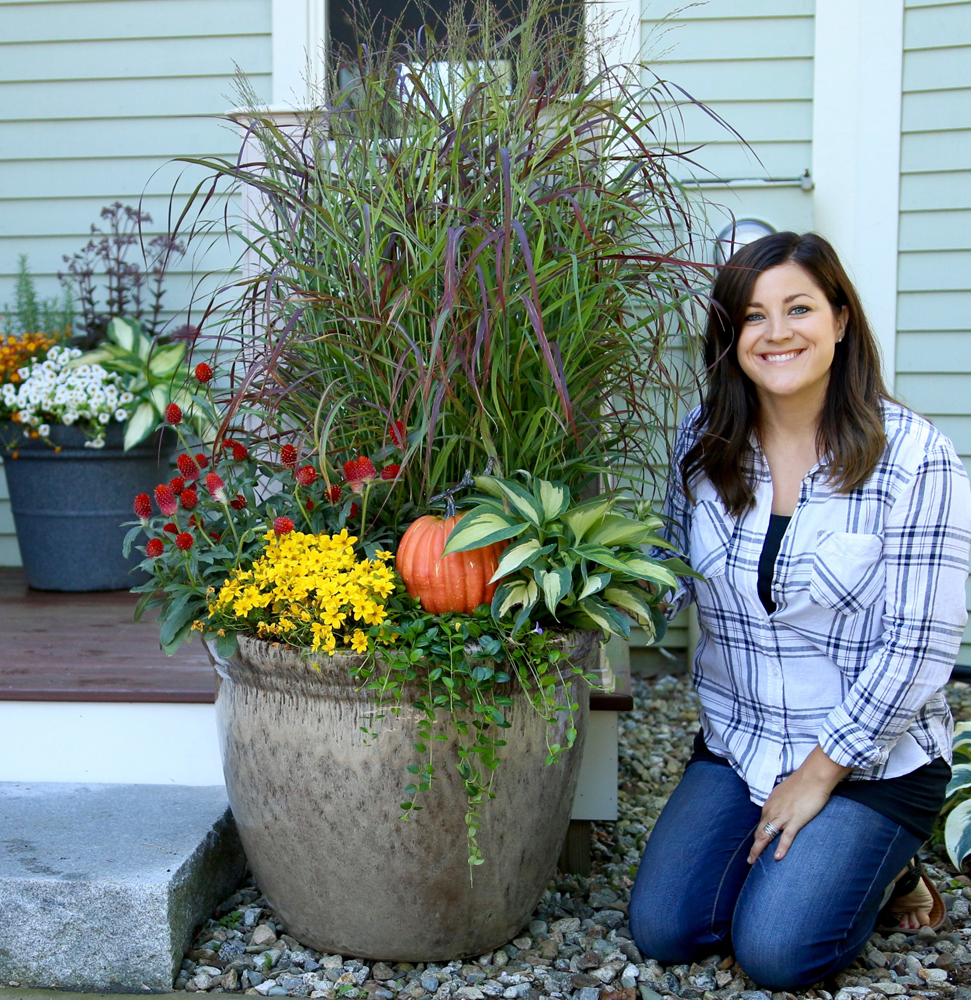
It’s time to change out your heat-loving annuals for cool weather varieties that will take you through the fall season. Garden mums, ornamental grasses, pansies, ornamental kale and peppers are just a few of many choices. Add a few small pumpkins or cornstalks to complete the look. Laura from @Garden Answer has loads of fun ideas for fall decorating. Here’s a link to her fall playlist.
2. Plant trees, shrubs, perennials and bulbs.
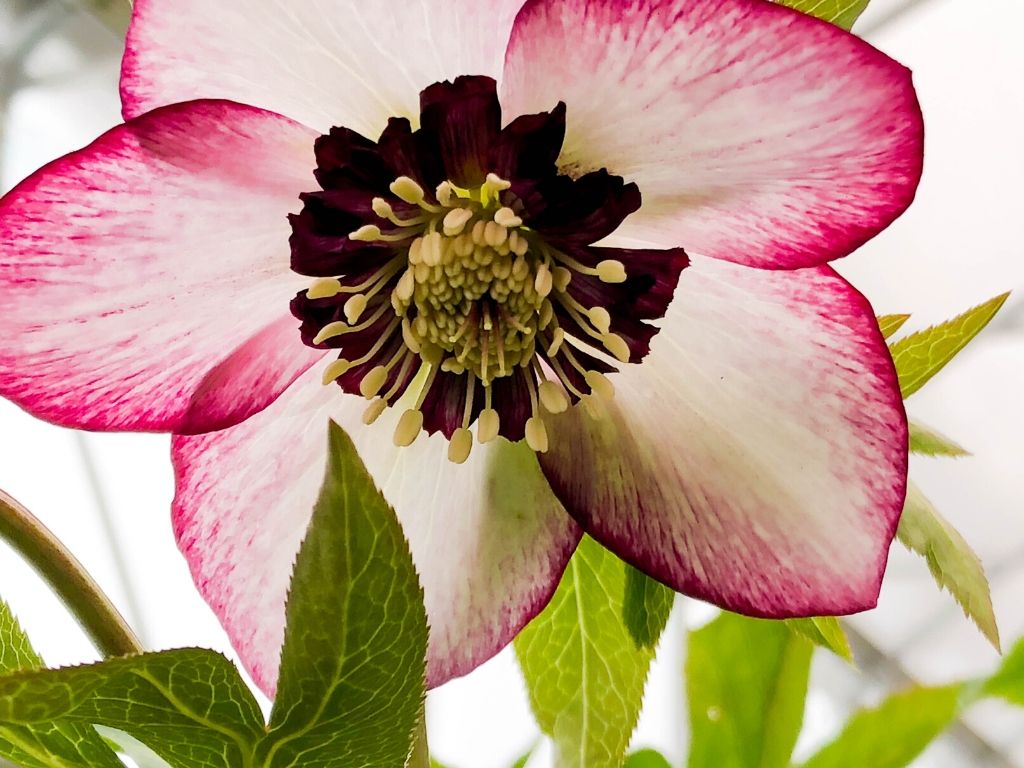
While the soil is still relatively warm and the air temperatures are cool, take advantage of the ideal growing conditions to plant a few new trees, shrubs and perennials. Their roots will continue to grow until the ground freezes, and the cooler air will lessen the stress on the plant’s canopy. Fall is the best time to plant spring blooming plants. They will return larger and with more blooms if you plant them now. Fall is also when you want to plant spring bulbs like tulips, daffodils and hyacinths.
Once the weather turns cool, it’s time to divide and replant some kinds of perennials, especially peonies and other spring bloomers. Hardy varieties like summer blooming phlox, daylilies, geraniums, hostas, daisies, bee balm, catmint and salvias can also be divided and moved successfully in fall.
3. Cut back and dispose of diseased plants.
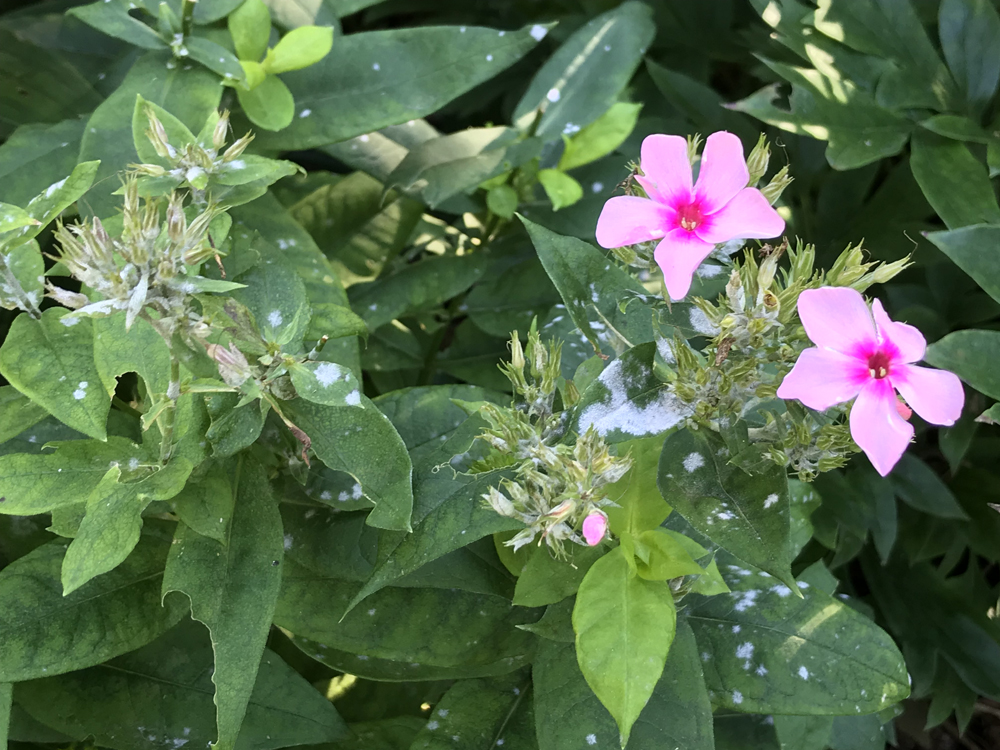
If your roses are covered in black spot and your phlox is snow white from powdery mildew by fall, cut them back and dispose of (rather than compost) their foliage. Rake up any fallen leaves that are carrying disease and dispose of those, too. You don’t want to risk any of that bacteria overwintering in your soil over the winter months, only to come back and reinfect your plants next spring.
4. Cut back some, but not all, of your perennials.
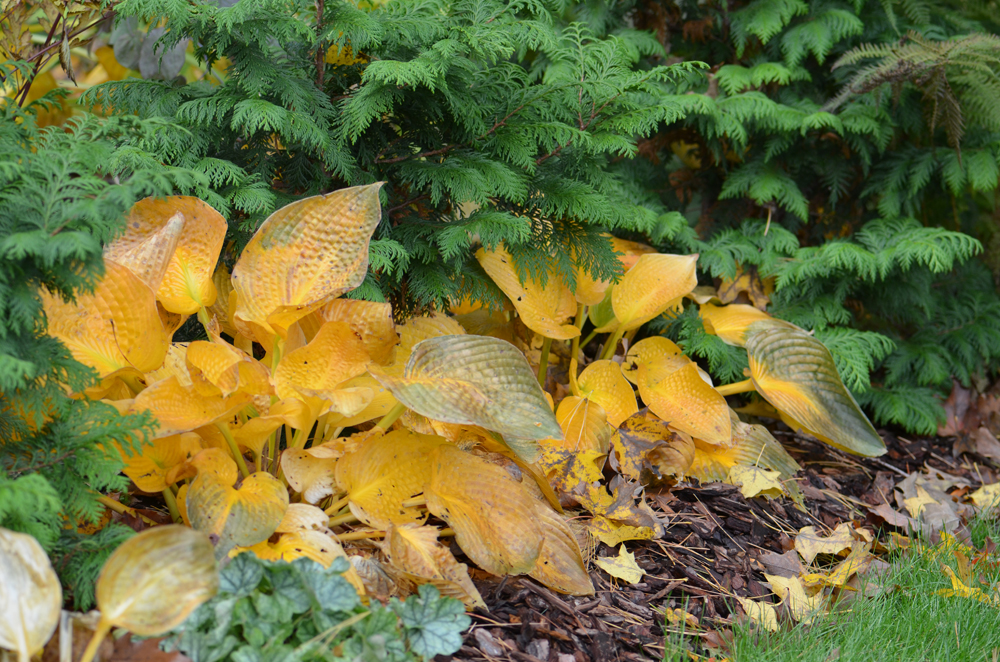
There are several schools of thought on cutting back perennials in fall. Some will argue that you should leave everything standing through winter, then clean up the garden in spring to avoid disturbing beneficial insects and wildlife. Certainly, some plants are worth leaving up if they provide a winter food source for birds or visual interest.
However, some perennials should be cut back in fall. Hostas, for example, should always be cleaned up after their foliage turns yellow and goes dormant for winter. That’s because slugs tend to lay their eggs in the dead leaves. If slugs are a problem in your garden, cleaning hosta leaves out of your beds in fall is a simple, organic approach to limiting the slug population. Additionally, perennials with long stems and shallow roots may catch the snow and topple over, causing the rootball to pivot out of the ground. Their stems should be cut back at least part way to alleviate stress from the snow load.
Evergreen perennials should never be cut back in fall. Instead, wait until spring and remove only the tattered foliage once the new leaves begin to sprout. Perennials with hollow stems, like delphiniums, should also never be cut back in the fall. If rain or snow fills the stems and freezes, the plant can easily be damaged.
5. Rake and/or mulch the leaves.
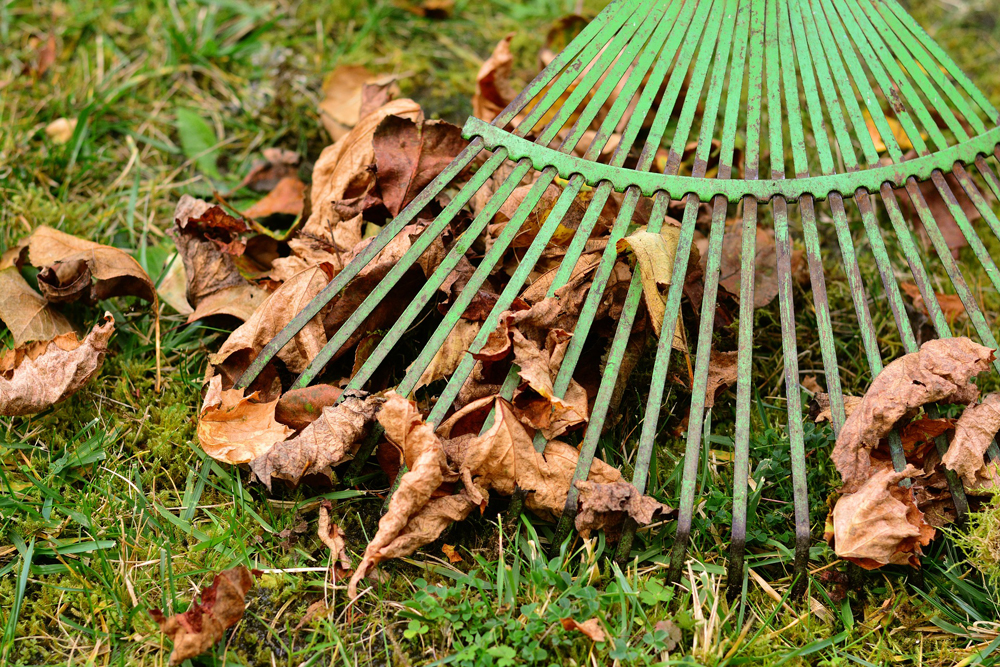
This point should be obvious but bears repeating. Improve your lawn by using the mulching setting on your mower instead of bagging your leaves. Their nutrients will strengthen the grass’ roots. Fall is also the time to fertilize your lawn with a high Nitrogen lawn food formulated for fall application. Reseeding can also be done this time of year.
If you have maple, oak, or other broad leaves that fall into your garden beds, you’ll need to rake them out this fall. Leaving them in the garden without shredding them first creates a thick, nearly waterproof barrier that prevents moisture and oxygen from getting to the plants’ roots. Instead, rake them out, shred them with a mower or leaf shredder, then spread them back on your beds as a winter mulch.
6. Reapply animal repellent.
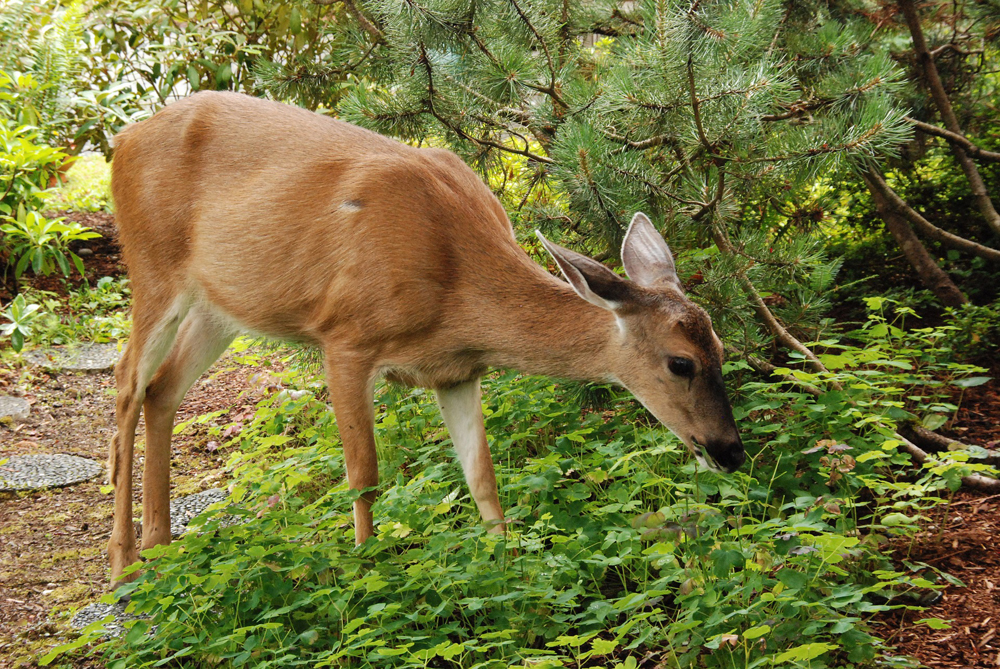
Once you’ve raked out your garden beds, before you lay the shredded leaves back down, reapply animal repellent. Voles, mice and other critters will spend the winter under your mulch. Send them the message that your plants are still off limits even though it is winter.
Pay special attention to protecting the bark of small trees under 2” caliper and large shrubs with animal repellent over the winter. Voles and mice can easily girdle a woody plant by chewing away the bark at the crown where the trunk meets the soil. Spray the trunk from the base to about seven feet up to prevent damage from small animals and deer (buck rub).
7. Bring in your houseplants and succulents.
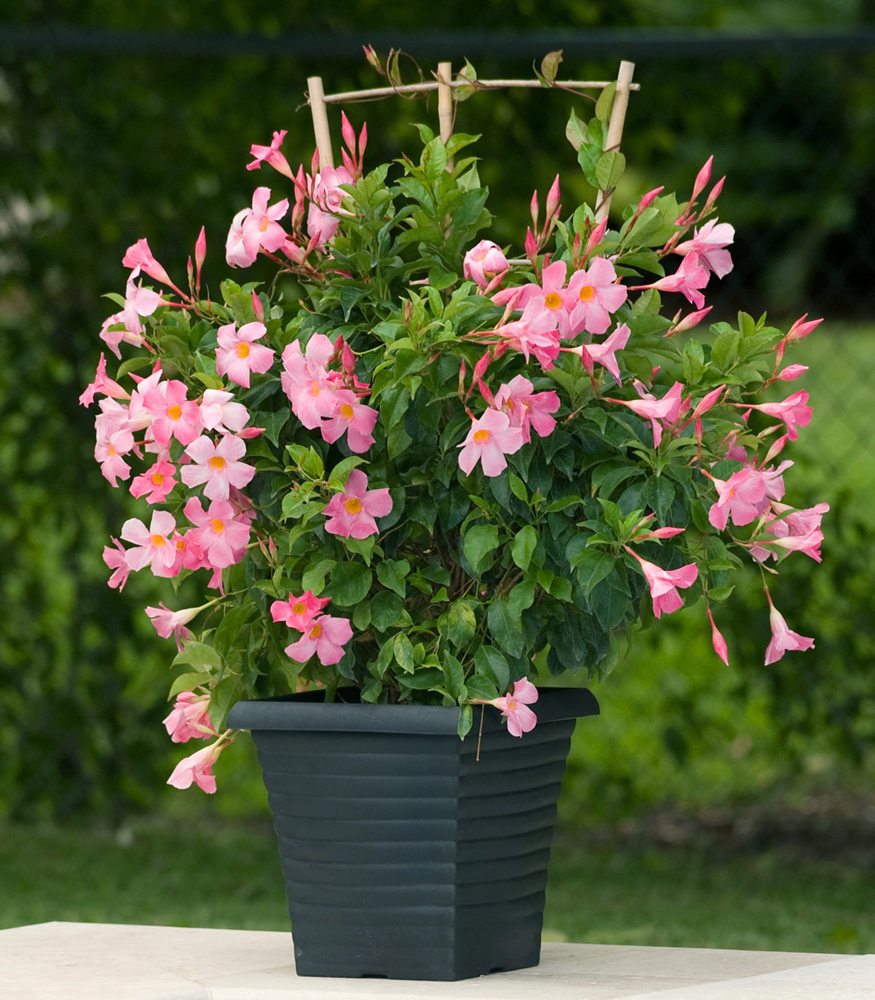
Once nighttime temperatures are consistently in the lower 50s, it’s time to bring in any houseplants and non-hardy succulents that have spent the summer outdoors. Be sure to wash them down thoroughly with mild soapy water or insecticidal soap before you bring them inside so you won’t carry any bugs in with them. I like to use this opportunity to repot my houseplants into fresh potting soil, too.
8. Store potted perennials, shrubs, trees and bulbs in a cool, dry place for winter.
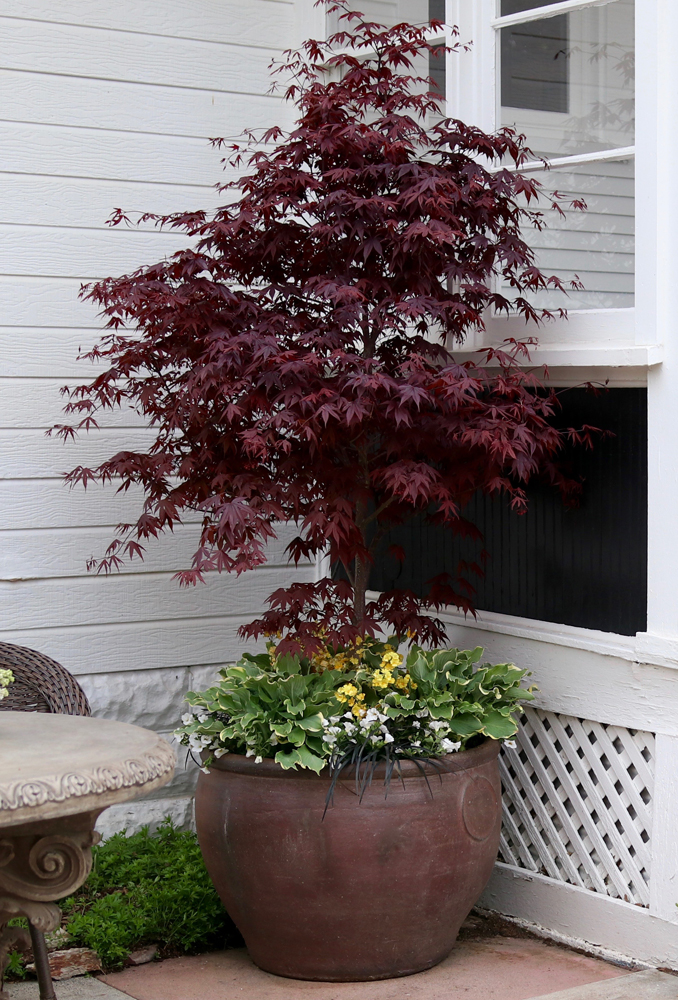
Once the plants you’re planning to store in their containers for winter have gone completely dormant, move them under cover. An unheated garage or shed works for most people. Do not bring these plants indoors—they need the cold winter to rest. A few guidelines to keep in mind:
- Choose plants that are at least two zones hardier than your zone to overwinter in containers. For example, if you live in zone 6, choose plants that are at least zone 4 hardy to overwinter in containers.
- Plants overwinter better in large containers. The larger volume of soil surrounding the roots provides better insulation than small pots can. If necessary, up-pot plants growing in small containers for the winter months.
- Keeping the soil relatively dry during the winter while the plants are dormant will prevent them from rotting. This is especially important for potted bulbs.
- Apply a generous amount of animal repellent on the soil surface and on the crown of the plant to protect it from mice damage during winter.
9. Clean and store your annual containers.
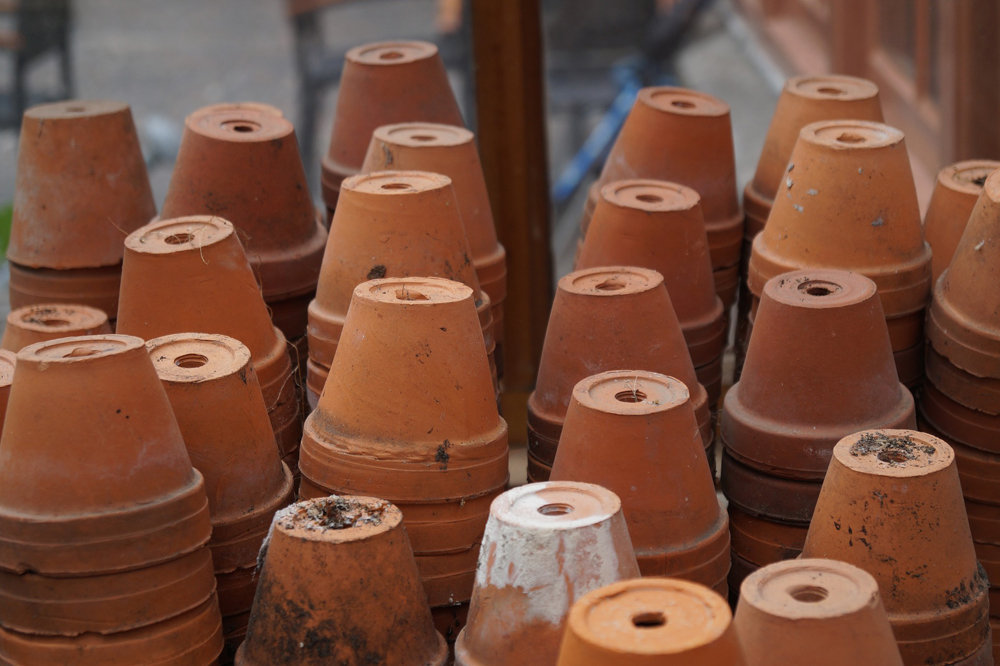
It’s never easy to see our beautiful annuals go, but there comes a time when they are ready. Remove and compost annuals in fall. Empty the soil from your containers, too, so you can start fresh with clean, nutrient-rich soil next year. Clean your pots with a 10% bleach solution now so they are ready to go when the itch to garden strikes again early next spring. This is also a good time to clean and store any bird baths, fountains, garden art, hoses and sprinklers.
10. Continue to water trees and shrubs.
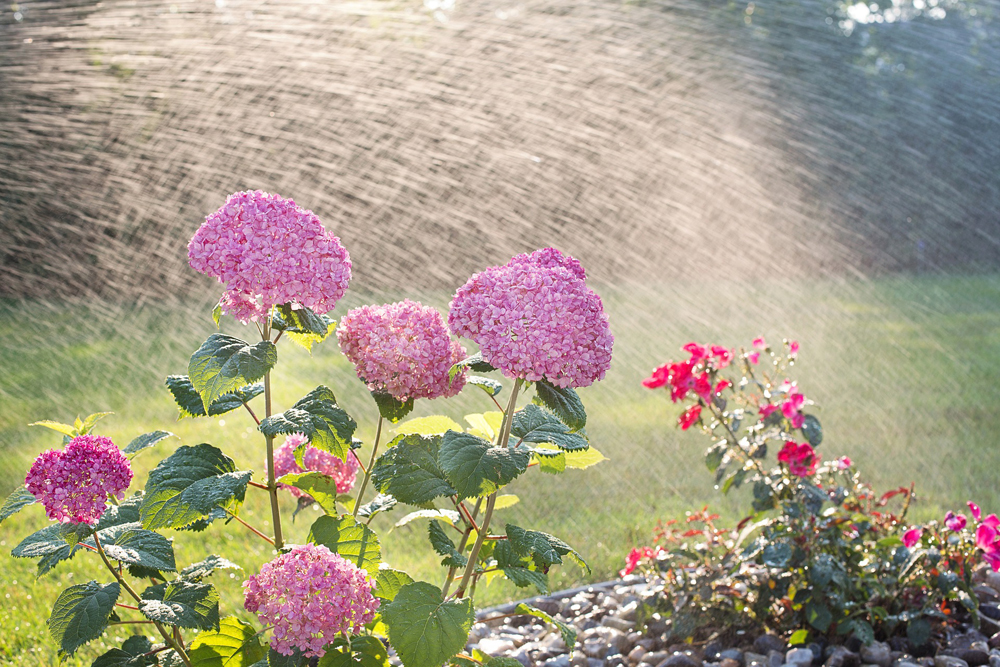
Though your garden may appear to be going to sleep for winter, there continues to be a riot of activity underground. The roots of trees, shrubs, cool season perennials like Hellebores and bulbs are still actively growing and taking up moisture until the soil is frozen (if it freezes in your climate). It is important to continue watering, especially if rainfall is low, through the fall months. This will help the plants store enough moisture to make it through the winter without drying out.
Where will you begin? I’m heading out to the garden in my favorite gardening hoodie to plant a few more winterberry hollies. Their bright red berries will be the highlight of my garden this winter.
